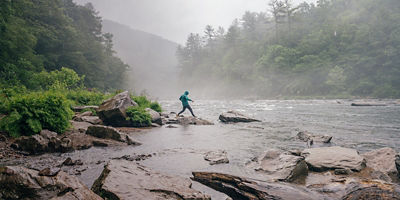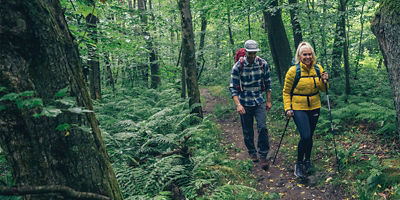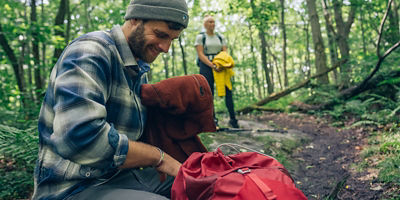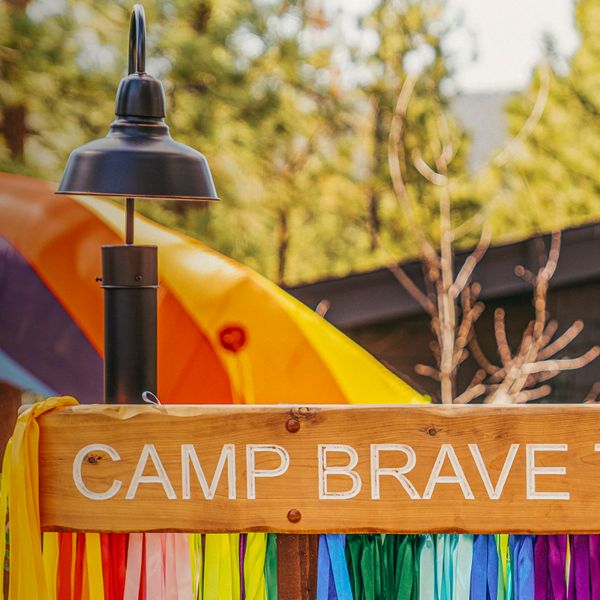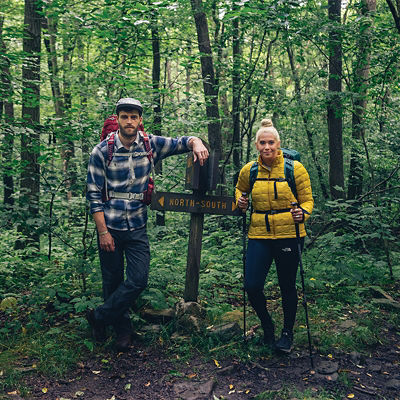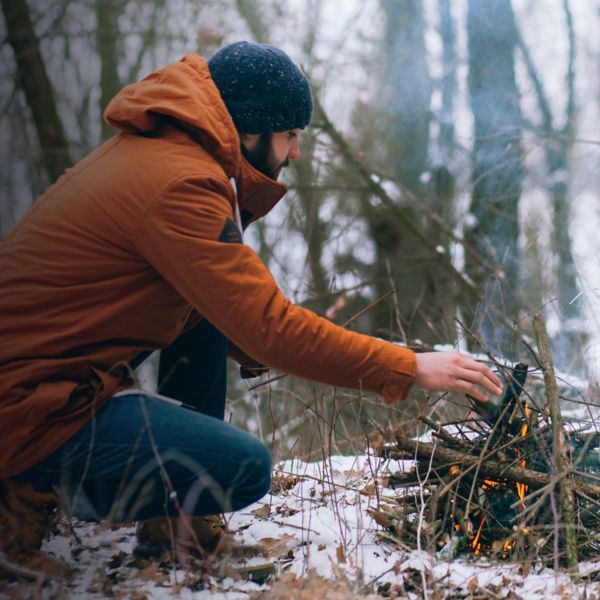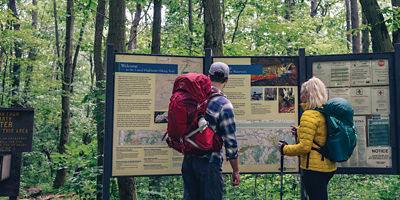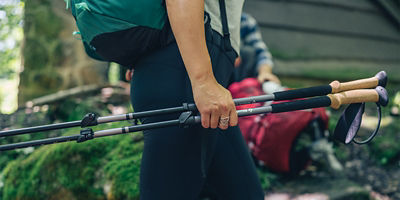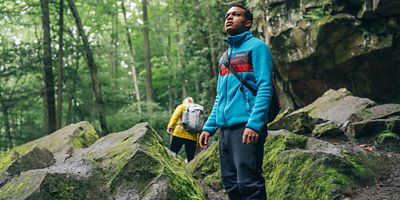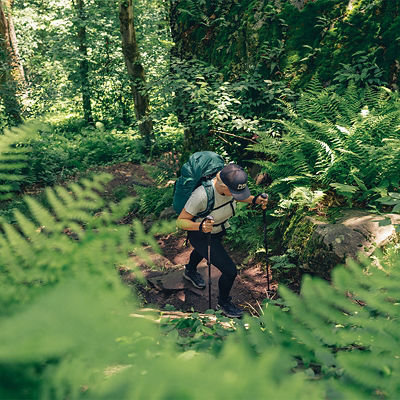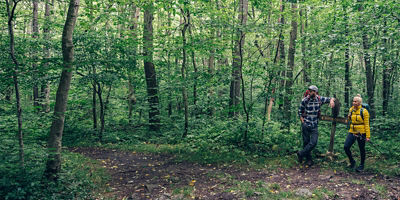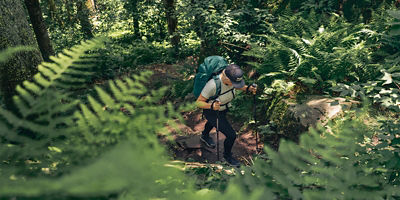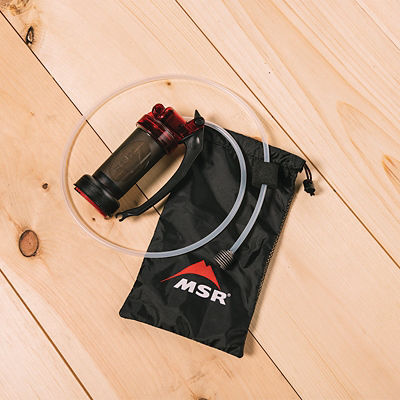
There are some hikes you can do right off the couch. Others require plenty of practice, sweat, and dedication to successfully complete. If your eye is on the latter, then training for the big day will make your goal much more attainable. Whether it’s a Rocky Mountain Fourteener (summit that reaches 14,000 feet or more), a yo-yo traverse in the Northeast, or any other trail with massive elevation gain, the right preparation increases your odds of success—not to mention your comfort and fun levels on the journey.
There are no shortcuts, however. Tackling a challenging hike requires full-body fitness. You’ll need the heart and lung power to hike hard for long miles (and at higher altitude), the strength to power yourself up tough terrain with a pack on, the stability to navigate rocky and uneven ground, and the flexibility to prevent injury. And you’ll need some time: two to four months before your trip if you’re already reasonably fit; more if you need to establish a basic fitness foundation. Here’s how to train specifically for a peak hike, no matter where you live or your current level of fitness.
Note: This guide is intended to prepare you for nontechnical peaks, aka summits that don’t require ropes, crampons, and/or specialized mountaineering skills. If you’re dreaming of climbing a steep or glaciated peak like Mount Rainier, you’ll need to take courses in alpine travel and/or hire a guide.
Going the Distance: Cardiovascular Fitness
Big hikes demand endurance. Improve yours through cardiovascular workouts that boost your body’s ability to deliver oxygen to your muscles.
Everyday Workouts
Plan on doing cardio activities, such as running, swimming, or cycling, at least two to three times a week. Start with at least 30 minutes per day, and add time and intensity as you go. As you get stronger, up the challenge by adding sprints, hill repeats, or interval training to your schedule. In the gym, try the stair-climbing machine or the treadmill cranked up to its highest incline.
Hike, Hike, Hike
Nothing gets you ready for hiking like, well, hiking (in itself a wonderful cardio workout). And if you’re training for a big peak, you’ll want to be hiking on steep terrain as much as possible. Look for trails with a manageable degree of elevation gain to start, and work up to steeper, harder hikes. Bonus if you have access to high-elevation trails, as they’ll help your body get used to the rigors of hiking in thinner air (read: with less available oxygen). Train with the boots you plan to wear on your big summit push and a loaded backpack for extra challenge. Start with 15 or 20 pounds and work up to 30 or more during your training.
No mountains nearby? No problem. Flatlanders can train by hiking any available hills on repeat, the stairs in tall buildings, and stadium bleachers.
Timing-wise, many people do their everyday cardio workouts during the week and hit the trail for a long training hike on weekends.


